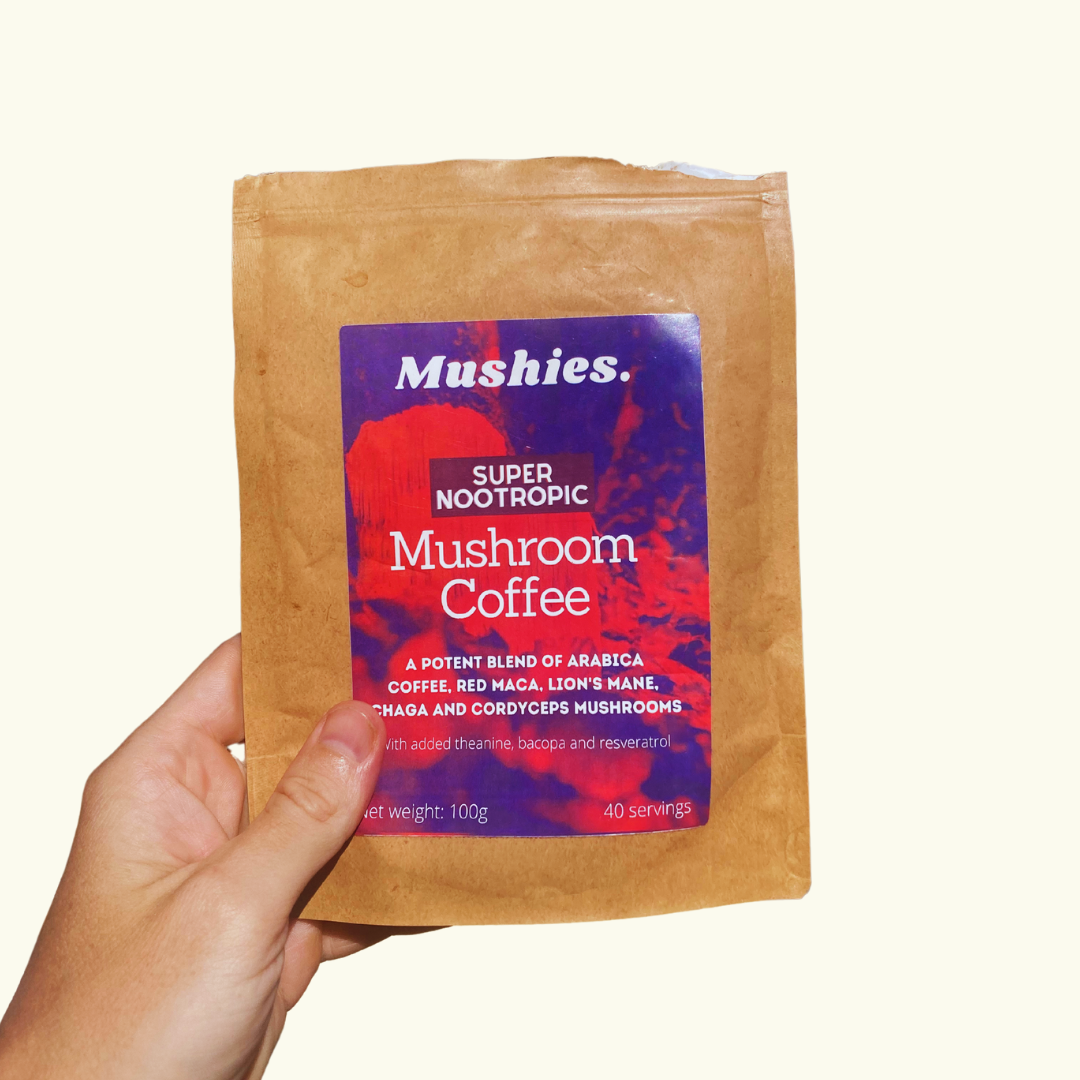Have you ever thought to yourself how great it is to be alive? If so, you have fungi to thank.
Long before trees stretched toward the sun or animals walked the earth, fungi were already hard at work. A new study published in Nature Ecology & Evolution suggests that fungi emerged close to a billion years ago, hundreds of millions of years before animals and plants.
In other words, they were the original engineers of life on Earth, literally preparing the planet for everything that came after. Including you.
The Hidden Architects of Complexity
On a planet once dominated by single-celled organisms, multicellular life (the kind made of many cooperating cells with specialised jobs) didn’t happen just once. It evolved independently five different times: in animals, land plants, fungi, red algae, and brown algae.

Each lineage figured out its own way of turning single cells into tissues, organs, and bodies, learning how to communicate, cooperate, and coordinate at a whole new level of biological sophistication.
But while we can trace plants and animals through a rich fossil record, fungi have always been a bit of a mystery. Their soft, filament-like bodies don’t fossilise well, and they evolved complex structures multiple times from different ancestors. That makes pinning down their exact origins incredibly difficult.
Cracking Time with a Genetic Clock
To fill in the gaps left by the fossil record, researchers turn to what’s called a molecular clock. This is a way of using DNA to estimate how long ago two species diverged. Think of it like counting the number of genetic “ticks” since their last common ancestor.
But to make that clock accurate, you need fixed points in time (like fossils) to calibrate it. And that’s where fungi have always posed a problem.
The team at the Okinawa Institute of Science and Technology (OIST) tackled this challenge in a clever way. They used evidence of horizontal gene transfers (HGT), which rare “sideways” jumps of genes between species.
If a gene from lineage A is found inside lineage B, then lineage A must have existed before B. These genetic swaps act like timestamps, letting scientists build a relative timeline even in the absence of solid fossils.
By identifying 17 of these gene transfers across different fungal lineages, the researchers pieced together a much clearer evolutionary history.

The Fungal Kingdom’s True Age
The analysis suggests fungi likely share a common ancestor dating back between 1.4 and 0.9 billion years ago, long before the first land plants appeared around 470 million years ago.
But we wouldn't even have plants if it weren't fungi, as they essentially prepared the planet for their existence.
Through partnerships with algae, early fungi helped form the first soils by breaking down rock and recycling nutrients. Together, these microbial alliances transformed a barren, rocky Earth into fertile ground.
Co-author Dr. Lénárd Szánthó put it beautifully:
“Fungi run ecosystems - recycling nutrients, partnering with other organisms, and sometimes causing disease. Pinning down their timeline shows fungi were diversifying long before plants, consistent with early partnerships that paved the way for terrestrial ecosystems.”
The Original Ecosystem Engineers
This changes the story of life’s move onto land.
It wasn’t a sudden invasion of green plants onto a dead world. It was more like a long, quiet collaboration between fungi and algae that gradually built the conditions for complex life to thrive.
For hundreds of millions of years, fungal filaments may have been weaving through primitive soils, slowly transforming the Earth’s surface so that plants thrive.
It’s humbling when you think about it.
The mushrooms we see today - whether sprouting from a forest floor or a decomposing log - are the descendants of ancient organisms that made life on land possible.
They were the first recyclers, the first builders, the first to turn stone into soil.
So next time you see a mushroom, remember: before the first pant, before the first animal, there was mycelium.
Source: Szánthó, L.L., Merényi, Z., Donoghue, P., Gabaldón, T., Nagy, L.G., Szöllősi, G.J., Ocaña-Pallarès, E. (2025). A timetree of Fungi dated with fossils and horizontal gene transfers. Nature Ecology & Evolution. DOI: 10.1038/s41559-025-02851-z






